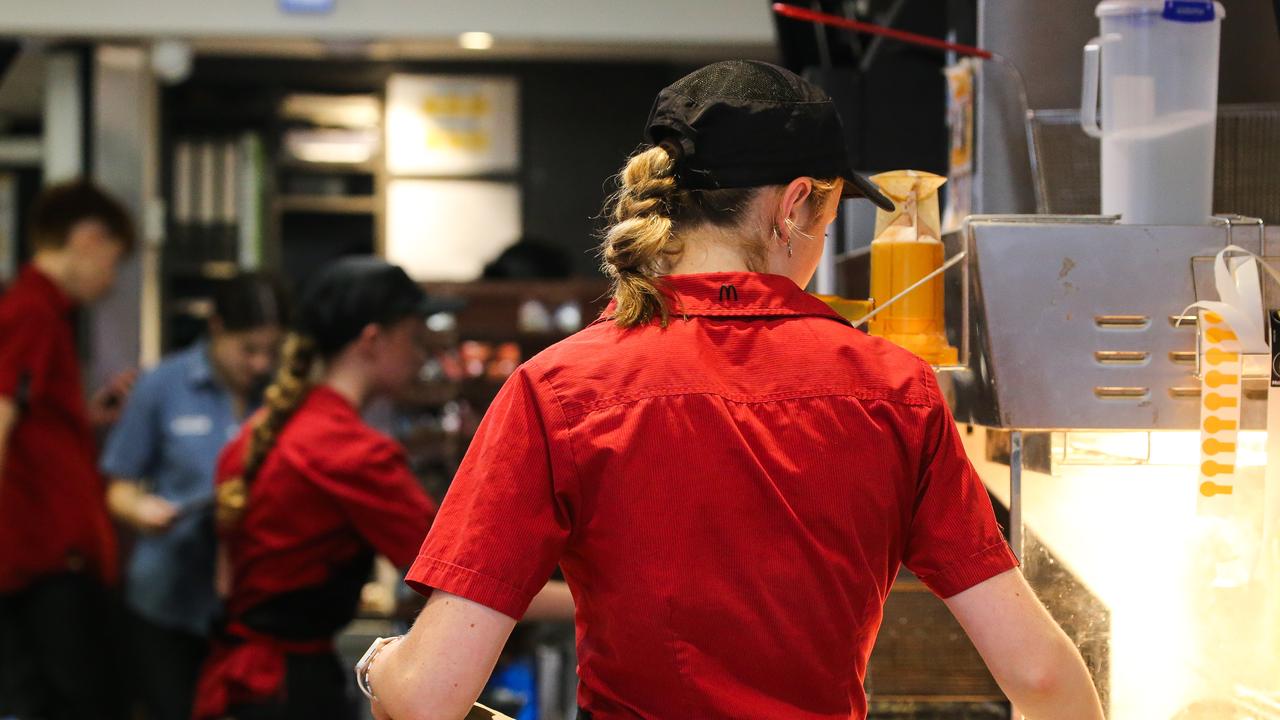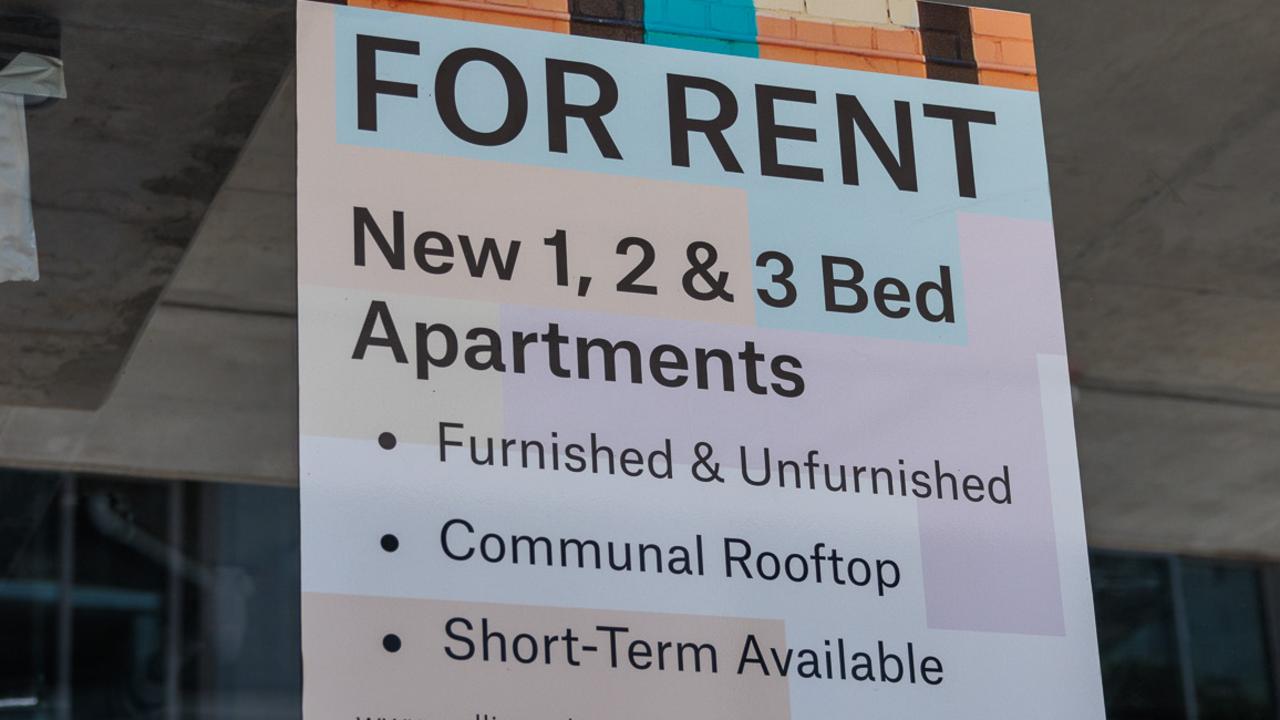Shock sum parents need to give their kids to buy first home
A thing hardworking Aussies used to do has leapt into the realm of something only those with intergenerational wealth can dream of.
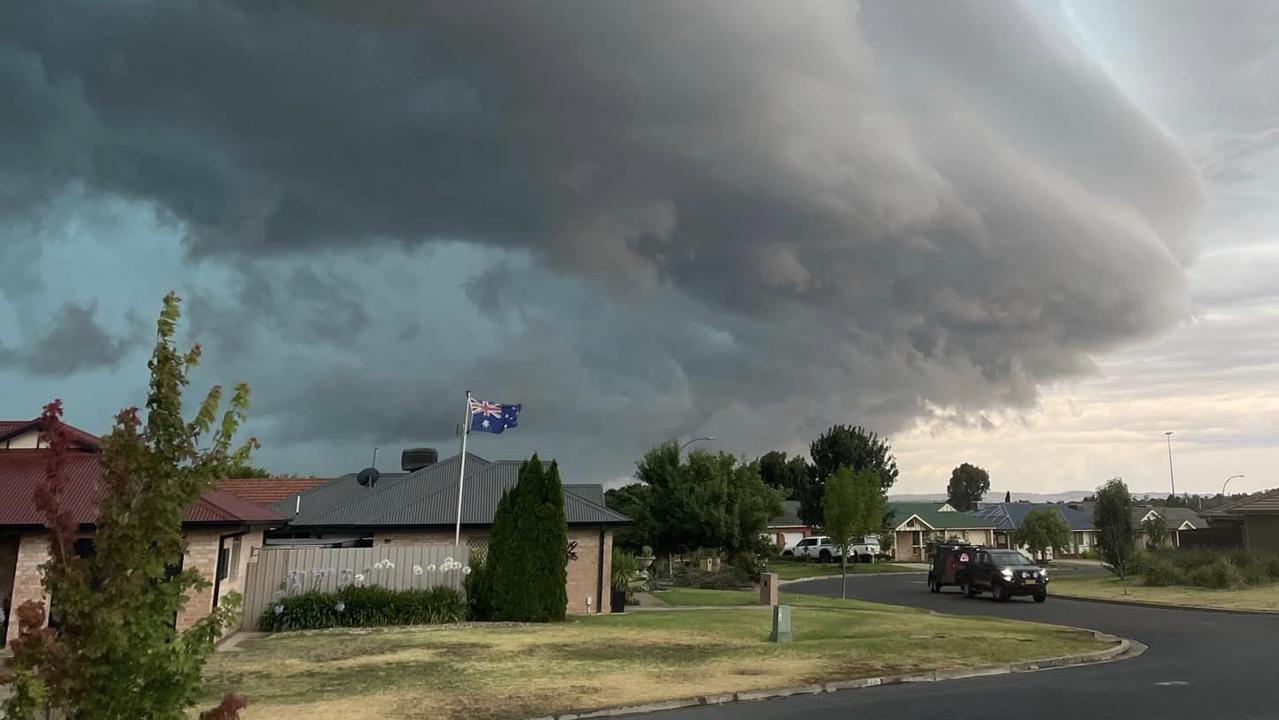
Australian parents will have to shell out increasingly large sums of money to help their children buy homes or risk them never making it onto the property ladder.
In decades past, buying a home was a relatively solitary thing, a goal set and achieved either as a single person or as part of a couple, but now buying a home has increasingly become an affair involving parents and other relatives.
According to investment and advisory group Jarden Australia, 15 per cent of borrowers are receiving an average of $92,000 from parents.
“If we assume the majority are first-home buyers, it would imply about 75 per cent of first-home buyers were receiving some form of family assistance,” said Jarden Australia chief economist Carlos Cacho.
It’s a huge jump from the $23,500 average data from research firm Digital Finance Analytics (DFA) cited back in 2010, when an average of six per cent of first home buyers sought help from the Bank of Mum and Dad.
A glimpse into our future
A recent report from the UK may provide some clues on where achieving home ownership is going in Australia.
According to data from the Legal & General Group, relatives were expected to support 318,400 British property purchases during 2023. This included 47 per cent of all property purchases made by buyers under the age of 55.
While the rest of the report made for eyebrow-raising reading, this may be the most concerning point of all. It’s not just first home buyers tapping parents, grandparents and other family friends on the shoulder for help, it’s a sizeable proportion of all buyers under the age of 55.
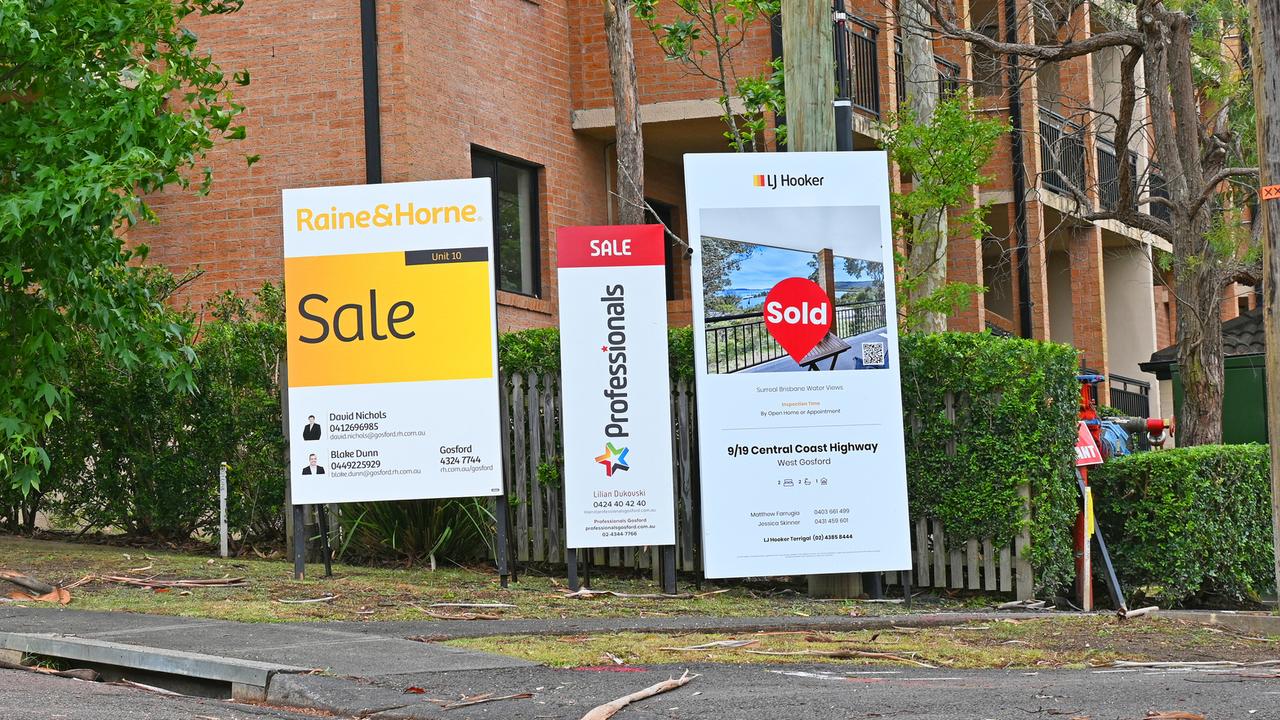
The report also contained an interesting distinction, a breakdown of where family assistance was coming from. Over 50 per cent – 58.6 per cent were expected to receive financial help from parents, with 12.5 per cent from grandparents and 28.9 per cent from other family and friends.
The average level of assistance toward buying a home was £25,600 (around $49,000 Australian dollars) or 8.8 per cent of the purchase price of the median UK house.
When asked if they would have been able to purchase a home without assistance, more than one in five first home buyers stated they would have had to delay their purchase by more than five years and one in 10 said they would not have been able to buy a home at all.
The divide widens
According to data from the federal governments Institute of Health and Welfare released in April last year, Gen Y and Gen Z continue to lag their forebears in terms of home ownership in most measured age demographics.
When combined with the data from Jarden Australia that suggests up to 75 per cent of recent first home buyers had family assistance in purchasing property, it raises some concerning questions on the future of Australian home ownership.
While there has been a fair degree of catch up in Gen Y and Gen Z home ownership rates in recent years, if a majority or large minority of that was facilitated by the intervention of the Bank Of Mum And Dad, to what degree can rising home ownership rates be sustained?
Especially as these demographics age and most of those with access to family support have already utilised it.
Home ownership rates by birth year
The other side of the coin: Government supported purchases
According to data from the federal government agency Housing Australia (formerly the National Housing Finance and Investment Corporation), a little under one third of first home buyers used one of the various federal schemes to purchase a home during the 2022-23 financial year.
Housing Australia provides three schemes for prospective first home buyers, the First Home Guarantee, Family Home Guarantee and the Regional First Home Buyer Guarantee.
The Great Aussie Dream?
Once upon a time, the great Aussie dream was a detached house and a yard for the kids to play in.
While what Australians want in a family home has evolved and changed over the years, home ownership as a whole remains a goal for the overwhelming majority of adult households.
Every election cycle both sides of politics talk about home ownership and housing affordability – and it’s been that way for decades.
Yet, despite politicians talking the talk on making housing more affordable, the data shows that in aggregate on a long-term basis, many of the policies decided upon in Canberra don’t fulfil their stated goal.
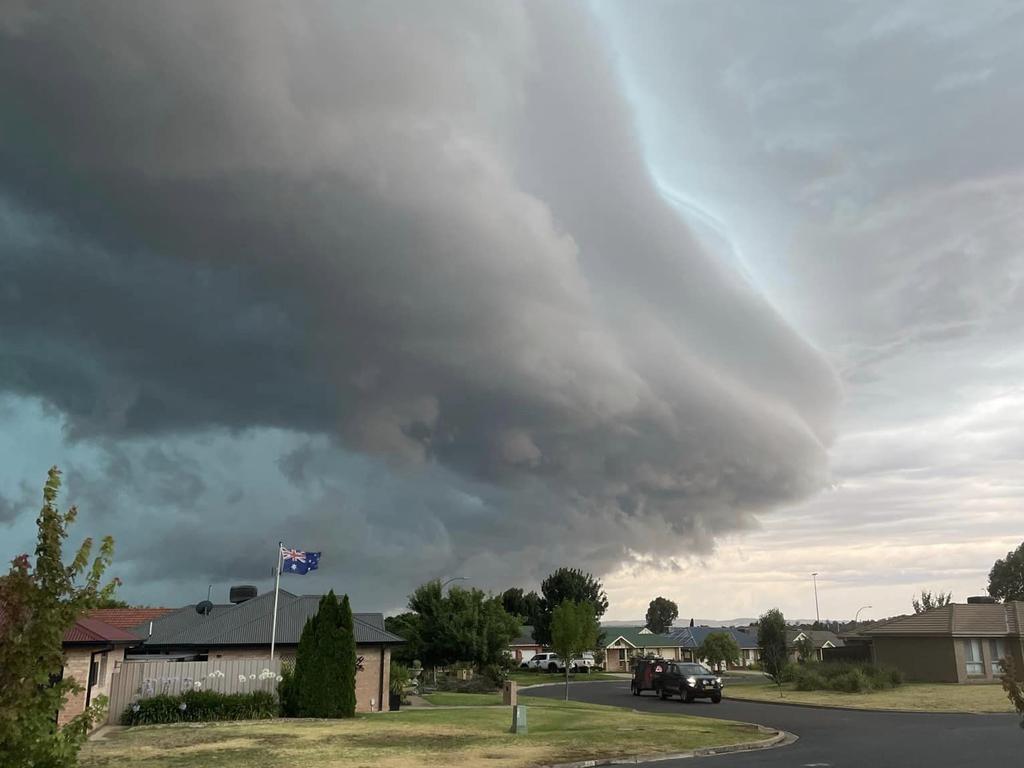
This is not a fringe view on the issue, with the Federal Government’s own Productivity Commission concluding that “it is not typically home buyers who benefit from the assistance, it is the sellers who receive a higher sale price.
“What this means is that assisting home buyers can make housing less affordable, particularly for people who do not qualify for assistance.”
Ultimately, home ownership is a foundational issue for Australia society, not only from a cultural and community focused perspective, but also as an all but concrete requirement for a secure retirement without significantly above median non-housing wealth.
In time this issue may need to be confronted in a far more significant way by policymakers, as more and more Australians see the task of achieving home ownership without support as an increasingly challenging prospect.
Tarric Brooker is a freelance journalist and social commentator | @AvidCommentator




